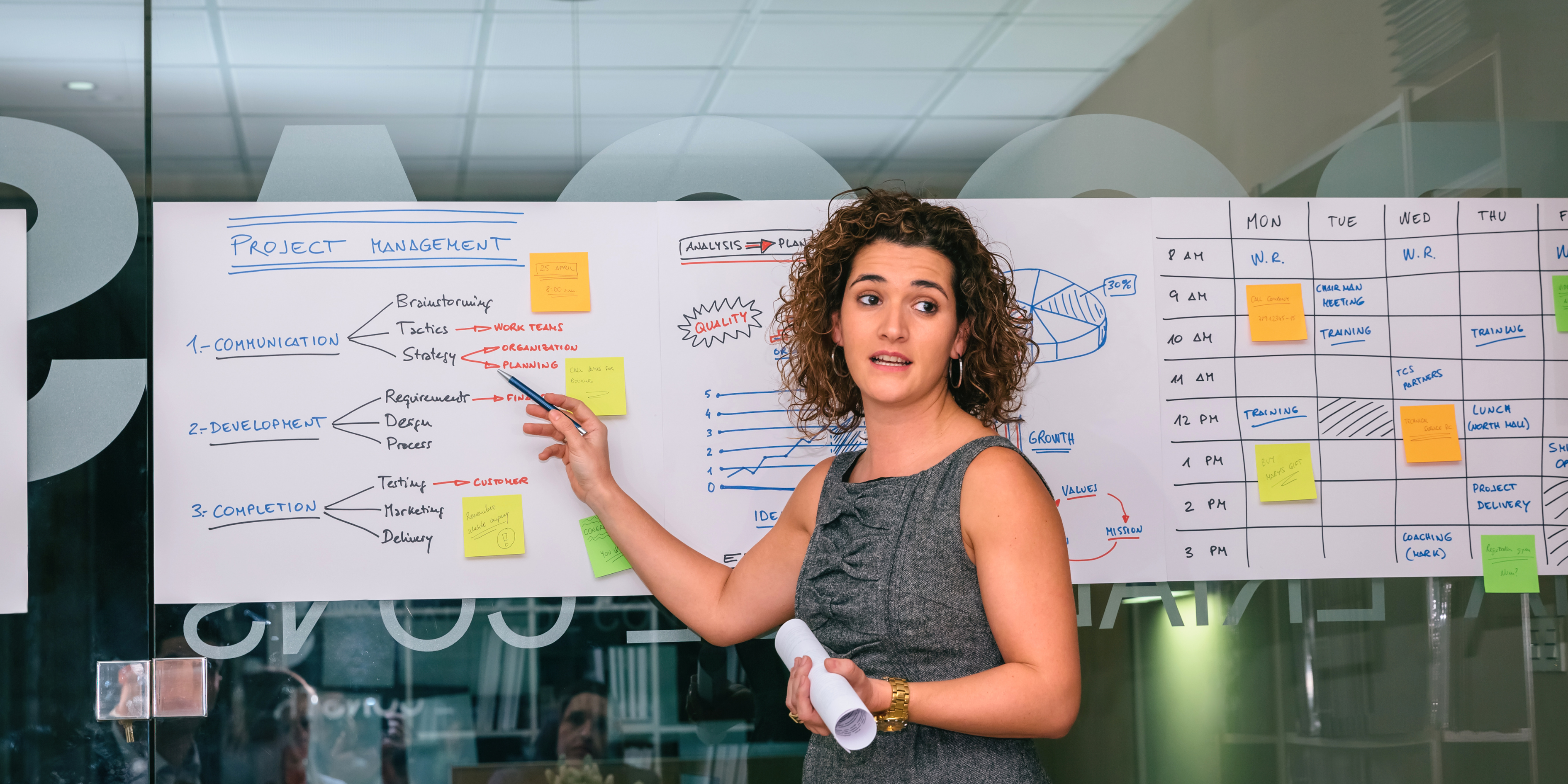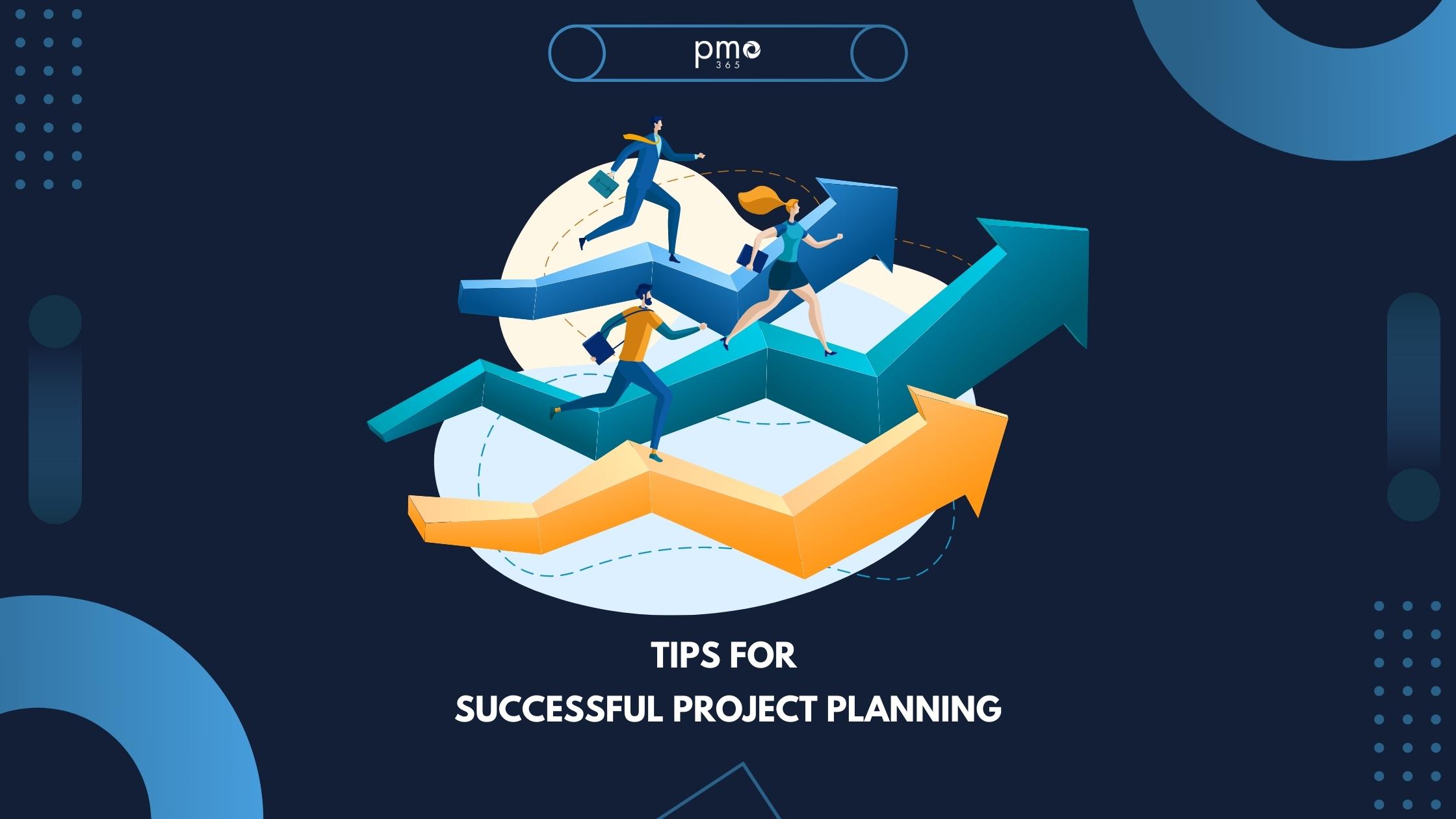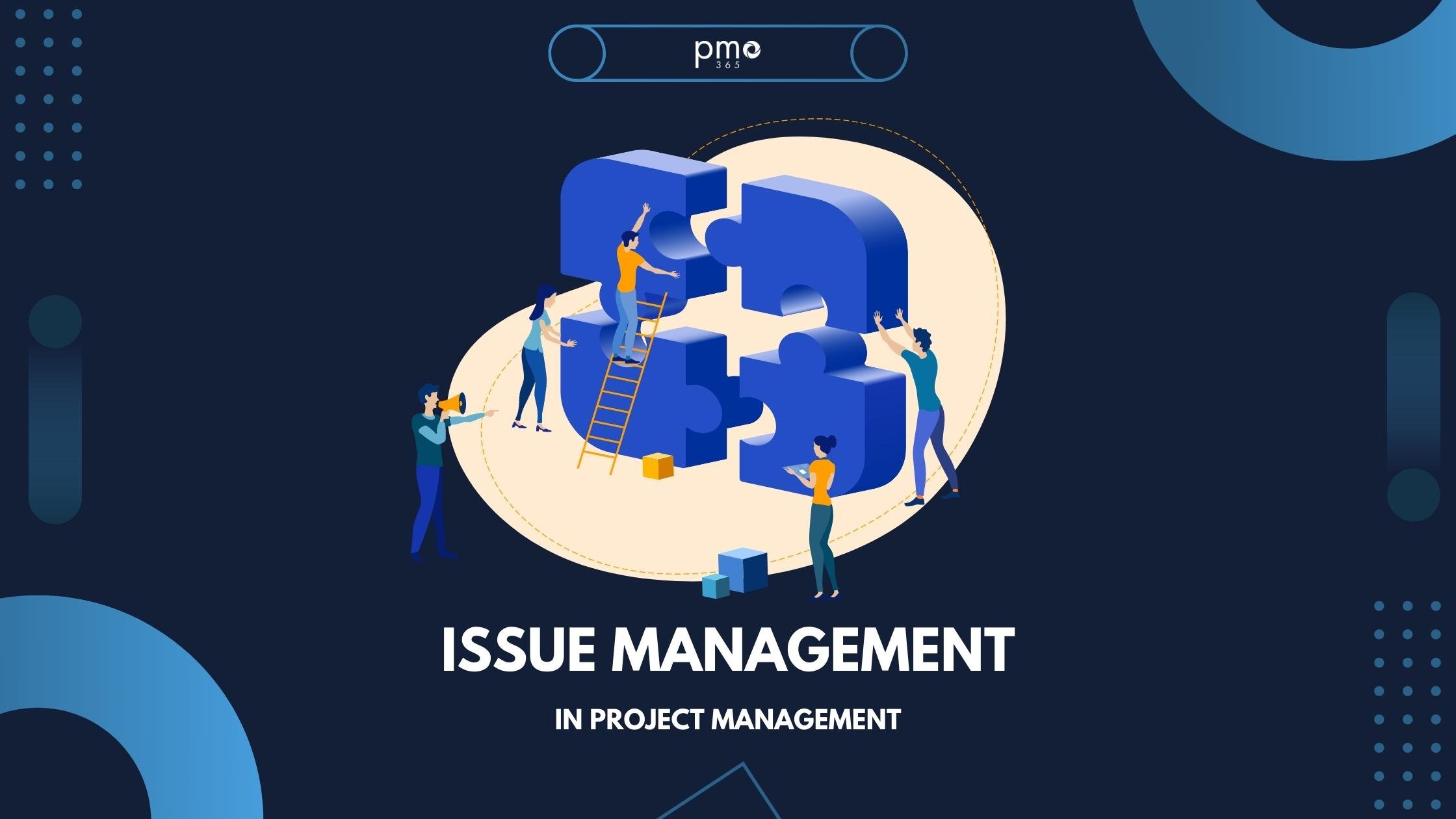Every successful project — whether it’s a simple website update or a complex infrastructure rollout — follows a structured process.
The project management process is the backbone that ensures teams deliver on time, within scope, and on budget. By understanding and applying each phase properly, you can increase clarity, reduce risk, and improve outcomes across any type of project.
In this article, we explore the five standard phases of the project management process and provide practical examples to help you implement them in your organisation.
What Is the Project Management Process?
The project management process refers to a set of interrelated activities that guide a project from its initiation to its completion. It helps project managers and teams define, plan, execute, and close work efficiently.
These phases align with best practices from the PMBOK® Guide (Project Management Body of Knowledge) and are used in most industries and methodologies — whether Agile, Waterfall, or hybrid.
The Five Phases of the Project Management Process
Walking through every stage will make it clear what’s involved at each point and how they work together to support a successful project outcome.
|
Phase |
Purpose |
|
1. Initiation |
Define the project at a high level and secure approval to proceed |
|
2. Planning |
Develop a roadmap to achieve the project's goals |
|
3. Execution |
Perform the work defined in the plan |
|
4. Monitoring & Control |
Track performance, manage risks, and ensure alignment with plan |
|
5. Closure |
Finalise activities, evaluate success, and capture lessons learned |
1. Initiation Phase
This phase is about defining the “why” of the project. It includes:
- Creating a business case
- Defining high-level scope and objectives
- Identifying stakeholders
- Developing a project charter
Outcome: Stakeholder buy-in and formal project approval
2. Planning Phase
Once approved, the focus shifts to developing a roadmap. Key components include:
- Project scope and work breakdown structure (WBS)
- Timeline (Gantt chart or schedule)
- Budget estimation
- Risk management plan
- Communication and stakeholder engagement plans
- Resource and procurement plans
Outcome: A detailed project management plan (PMP)
3. Execution Phase
This is where work gets done. Activities include:
- Assigning tasks and responsibilities
- Coordinating resources
- Managing communication and collaboration
- Delivering project outputs
Tip: Use tools like pmo365, Asana, or MS Project to assign and track tasks.
4. Monitoring and Controlling Phase
Often concurrent with execution, this phase ensures the project stays on track by:
- Tracking key performance indicators (KPIs)
- Managing scope creep
- Monitoring budget and schedule
- Performing quality checks
- Updating stakeholders
Outcome: Issues are identified early, and corrective actions are take.
5. Closure Phase
Once deliverables are complete, the project is closed with:
- Final approvals and sign-offs
- Knowledge transfer and documentation
- Lessons learned sessions
- Release of resources
Tip: Don’t skip closure — it’s essential for continuous improvement and audit readiness.
|
Real-World Example: A local council implementing a new asset management system would:
|
Tools That Support the Project Management Process
Selecting the right tools for your team—such as platforms for scheduling, workflows, communication, and documentation—can streamline delivery, promote visibility, and keep your projects aligned with business objectives. Here are some leading solutions used to support every phase of project management.
- Planning: Microsoft Project, Smartsheet, Jira, ClickUp
- Execution: Trello, Monday.com, pmo365
- Monitoring: Power BI dashboards, earned value analysis tools
- Communication: Microsoft Teams, Slack, email automation
- Documentation: SharePoint, Confluence
Why Following the Project Management Process Matters
- Reduces ambiguity: Everyone knows what to do, when, and why
- Improves accountability: Roles and responsibilities are clearly defined
- Boosts stakeholder trust: Regular updates and controls build confidence
- Supports repeatable success: Processes can be refined and reused
Conclusion: Turn Chaos into Clarity
Following a defined project management process doesn’t just keep things organised, it’s a strategic advantage. When your teams align around clear stages, tools, and expectations, your projects deliver greater value with fewer surprises. Build your projects on process, and you build them for success.



.png)
.png)








